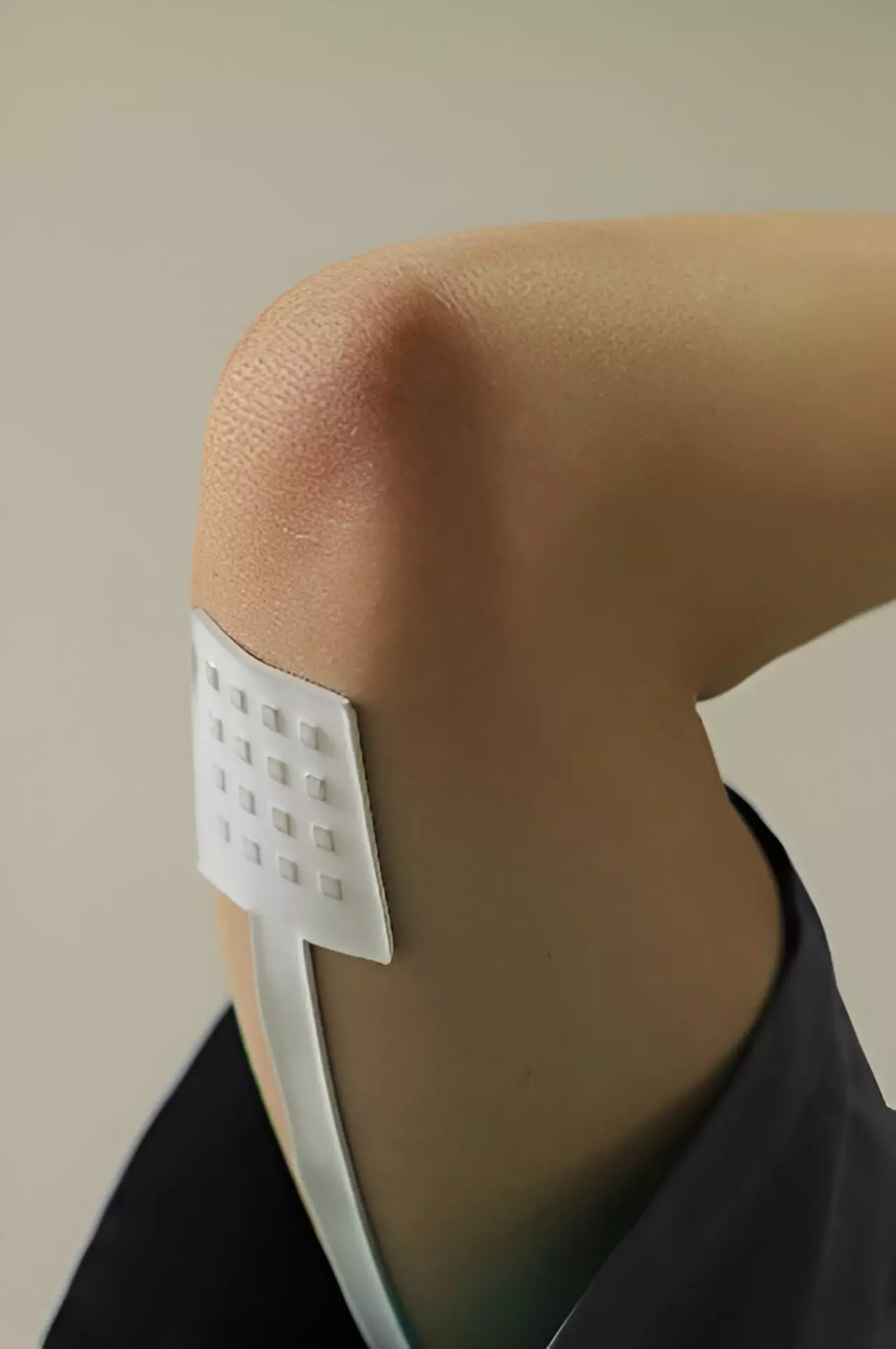Recent advancements in material science have ushered in a new era of wearable technology, where flexible tactile sensors are set to revolutionize how we detect and monitor biomechanical signals from the human body. Researchers from Peking University have produced groundbreaking work in this area, developing highly adaptable sensors that not only promise to enhance personal health monitoring but also offer exciting possibilities for various applications in robotics and consumer technology.
The novel approach taken by the Peking University research team incorporates 3D micro strain gauges, which represent a significant leap forward from traditional planar designs. These sensors provide exceptional pressure mapping capabilities, enabling real-time data collection regarding the forces being exerted on different parts of the body. As highlighted in their study published in *Science Advances*, these micro strain gauges can effectively decouple measurements of normal and shear forces, delivering precise data on both the direction and strength of applied forces.
According to Han Mengdi, the lead author on the study, the transformation of planar strain gauges into three-dimensional forms enhances the spatial density and detection capabilities of these tactile sensors. Traditional sensors often face limitations in sensitivity and accuracy, especially when required to gauge multiple variables simultaneously. The introduction of a 3D architecture allows for a comprehensive assessment that can incorporate temperature as well as force data, further enriching the breadth of information that can be monitored in real-time.
A key feature of this new technology lies in its customization abilities. The modular nature of the sensors enables researchers and developers to tailor the properties of the sensors quickly. By adjusting various parameters—such as microstructure shape, thin film thickness, and polymer encapsulation depth—users can optimize sensor sensitivity to meet specific requirements. This adaptability not only enhances the utility of the sensors but also streamlines the integration process with existing electronic systems, thereby facilitating rapid prototyping and innovation.
Chen Xu, a Ph.D. student involved in the project, pointed out that this rapid customization capability creates a solid foundation for the development of flexible tactile sensors. The demand for bespoke solutions in fields like healthcare, where different patients may require various monitoring parameters, calls for such an adaptable approach.
The implications of these advanced tactile sensors extend far beyond basic monitoring. In healthcare, they could profoundly impact patient diagnostics and wellness tracking, offering continuous feedback on a range of biomechanical signals. For instance, they could help in rehabilitation by tracking a patient’s physical movements, providing real-time data to optimize therapy sessions.
In the field of robotics, the integration of these flexible sensors can significantly improve robotic dexterity and functionality. Robots equipped with such sensors will be able to interact more naturally and intuitively with their environments, adjusting their actions based on the feedback received from the sensors. This capability could prove invaluable in numerous settings, from automated warehouses to service roles in hospitals.
Despite the remarkable progress recognized in this research, there remain challenges that must be addressed as these technologies are brought to market. Ensuring the durability of flexible sensors in real-world conditions is critical; they must withstand various stresses and environmental factors while remaining accurate. Additionally, large-scale manufacturing and integration with existing technologies will require ongoing innovation.
Looking ahead, the interface of electronics and human biomechanics presents vast unexplored territory, with flexible tactile sensors just the tip of the iceberg. As advancements in material science and engineering continue, the potential for these technologies to enhance our interactions with the world around us seems limitless. If we can overcome existing barriers, flexible tactile sensors may soon become a staple in both daily health management and the designs of the next generation of smart technologies.


Leave a Reply